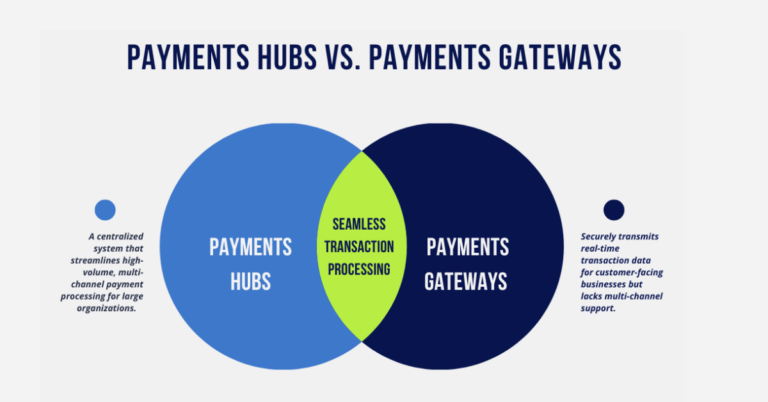Wire transfers have been a cornerstone of global commerce for a long time—making swift and secure movement of funds across borders possible. Traditional wire systems face inefficiencies such as a lack of transparency, high costs, and slow processing times, driving many banks and credit unions to consider modernizing wire transfers and cross-border payments as an important part of payments modernization overall. In a conversation between Datos Insights and Alacriti, Robin LoGiudice, Strategic Advisor with the Commercial Banking & Payments team at Datos Insights, provided perspective for the ongoing challenges, emerging trends, and strategic innovations shaping the future of wire transfers and cross-border transactions.
Most financial institutions rely on a vendor to handle wire processing, enabling better customer interactions. However, if the vendors aren’t innovating in the space and offering better solutions, negative experiences will persist. Datos Insights’ research identified the biggest points of friction when it comes to cross-border payments.
Current Challenges in Wire Transfers for Customers:
- Lack of Transparency and High Costs: One of the most significant issues in wire transfers, especially cross-border ones, is the opacity regarding fees and charges. Customers often face unexpected costs due to hidden fees and fluctuating exchange rates. And there is no consistency in pricing, even on the receive side of a wire. This lack of transparency can deter users from utilizing wire transfers and push them towards alternative methods of payment.
- Security and Fraud Concerns: The traditional wire transfer process is susceptible to security risks, including fraud and cyber-attacks. These concerns are amplified in cross-border transactions where regulatory standards may vary between jurisdictions. For example, wire payments continue to be vulnerable to Business Email Compromise (BEC) fraud, a type of cybercrime in which attackers target businesses to trick them into transferring money or sensitive information. Wire transfers are one of the top payment methods, targeted at 39%.
- Settlement: Settlement is a problem because tracking where payments are is challenging. Things happen to payments while in process that the sender or receiver has no visibility into, especially when they are not fully automated end-to-end.
- Inefficiencies and Delays: Wire transfers can be slow, with funds sometimes taking several days to clear. This delay is exacerbated in cross-border transactions due to the involvement of multiple banks and the need for compliance checks.

Modernizing Wire Transfers
ISO 20022, a global standard for electronic data interchange between financial institutions, offers a solution to many of the challenges currently faced in the wire transfer market. It promises to streamline processes, enhance security, and improve transparency by enabling rich, structured data to accompany transactions. This standardization can significantly reduce errors and delays, improving the overall efficiency of wire transfers. The Federal Reserve Banks will adopt the ISO 20222 message format for the Fedwire Funds Service in a single-day implementation strategy on March 10, 2025.
Other recent trends and innovations in wire modernization include:
- Real-Time Processing: Technology advancements have paved the way for real-time wire processing, reducing transaction times from days to seconds. This not only enhances customer satisfaction but also boosts the efficiency of global commerce.
- Enhanced Security Protocols: New security measures, such as advanced encryption and continuous monitoring, are being implemented to safeguard transaction data and reduce the risk of fraud in wire transfers.
- Integration With Fintech: Collaboration with fintech companies helps traditional banks modernize their wire transfer systems. Fintech solutions offer platforms that can integrate seamlessly with existing bank infrastructures, adding layers of functionality that improve user experience and operational efficiency.
- SWIFT Global Payments Innovation (GPI): SWIFT GPI offers enhanced transparency and traceability for cross-border payments. It allows banks to provide real-time updates on the status of payments, ensuring that senders and recipients know where their money is at any given time. Importantly, SWIFT GPI is now included as a standard feature for all SWIFT participants, removing the previous barrier of additional costs. However, this hasn’t been adopted by all financial institutions, given the significant investment required to overhaul existing systems.
Wire Transfers Tomorrow
The future of wire transfers and cross-border transactions is heavily correlated with the adoption of modern technologies and standards like ISO 20022. Financial institutions that embrace these changes can expect substantial benefits in terms of efficiency, security, and customer satisfaction. Automation is a key component in reducing costs and human errors, as well as improving the user experience. One option is to partner with vendors who provide value-added services to provide great payment processing. The move towards more transparent, faster, and more secure wire transfers is not just a trend but a necessity.
For in-depth information about wire modernization, watch the webinar Wired for Tomorrow: Optimizing Wire with ISO 20222.
Alacriti’s centralized payment platform, Orbipay Payments Hub, provides innovation opportunities and the ability to make smart routing decisions at the financial institution to meet their individual needs. Financial institutions can take full ownership of their payments and control their evolution with ACH, Wire, TCH’s RTP® network, Visa Direct, and the FedNow® Service, all on one cloud-based platform. To speak with an Alacriti payments expert, please contact us at (908) 791-2916 or info@alacriti.com.




